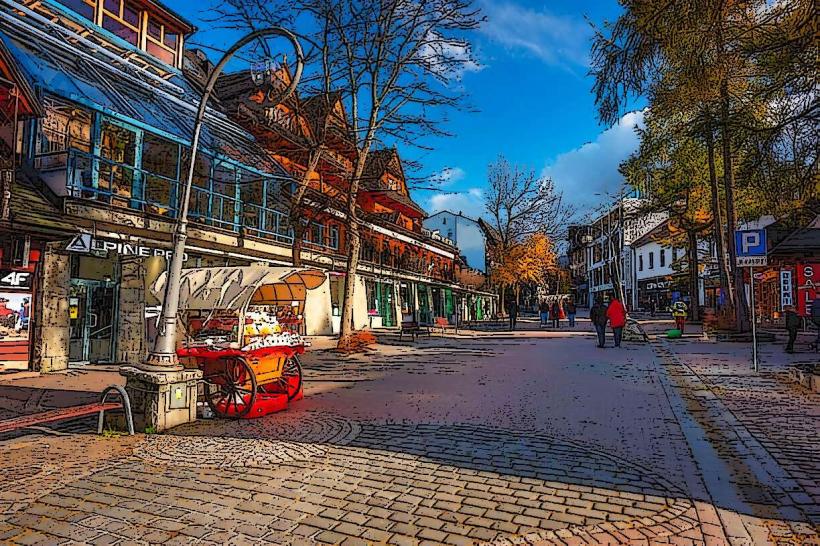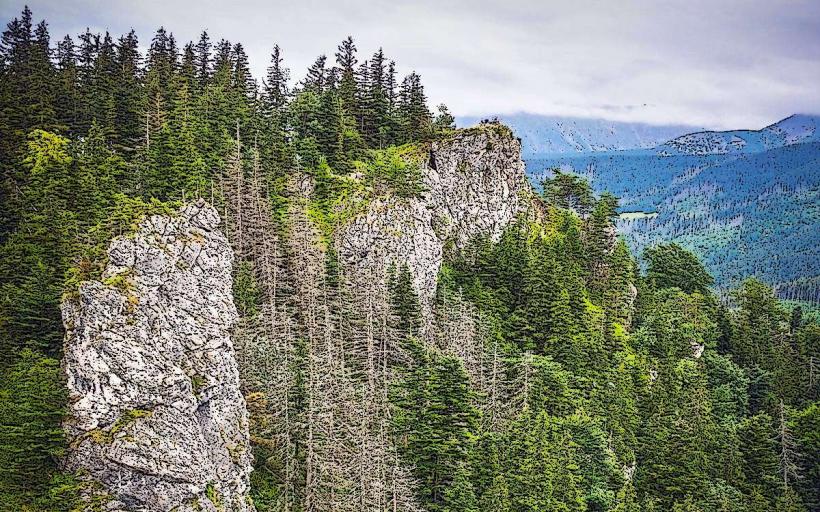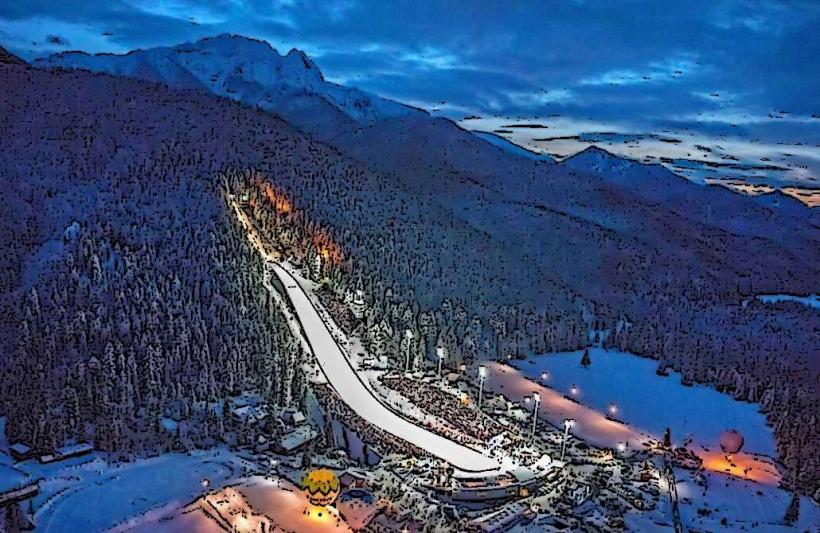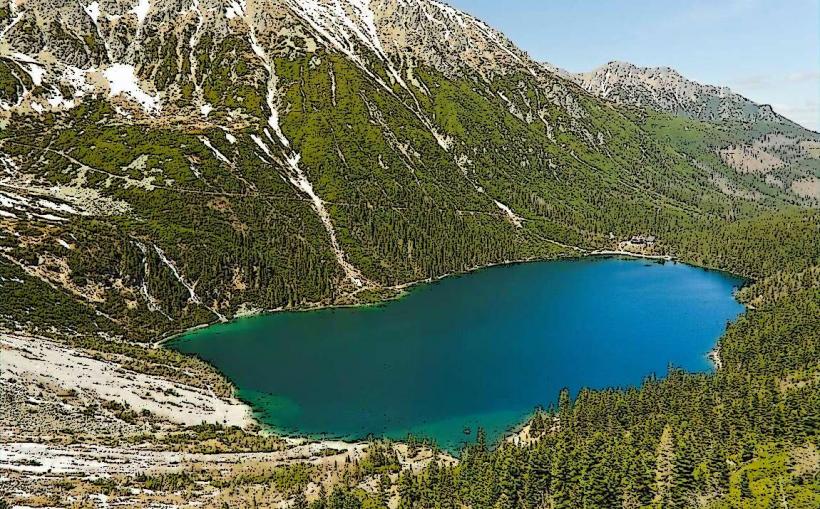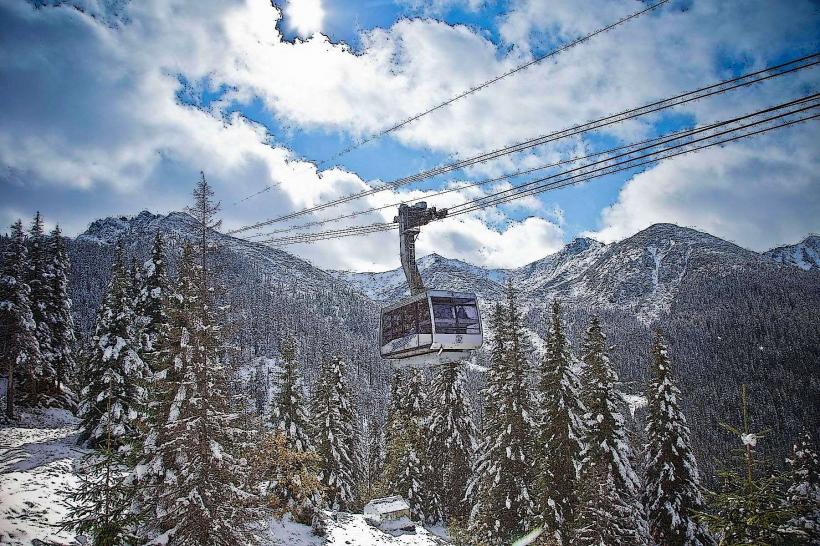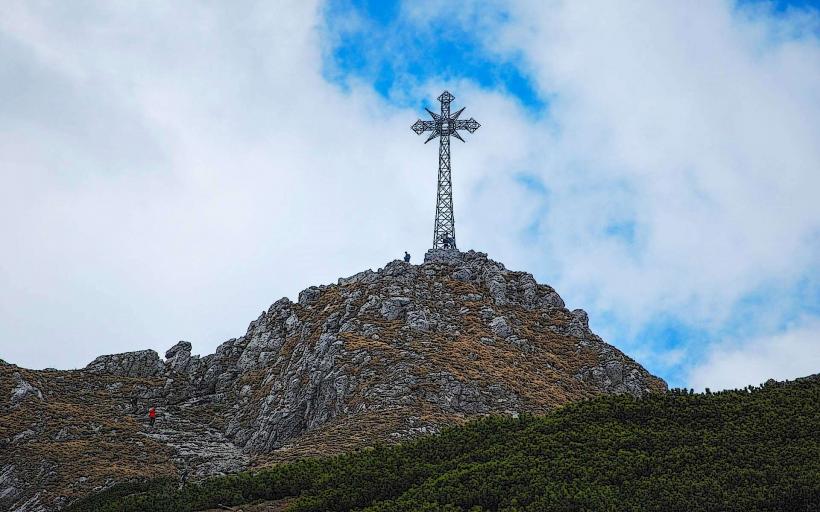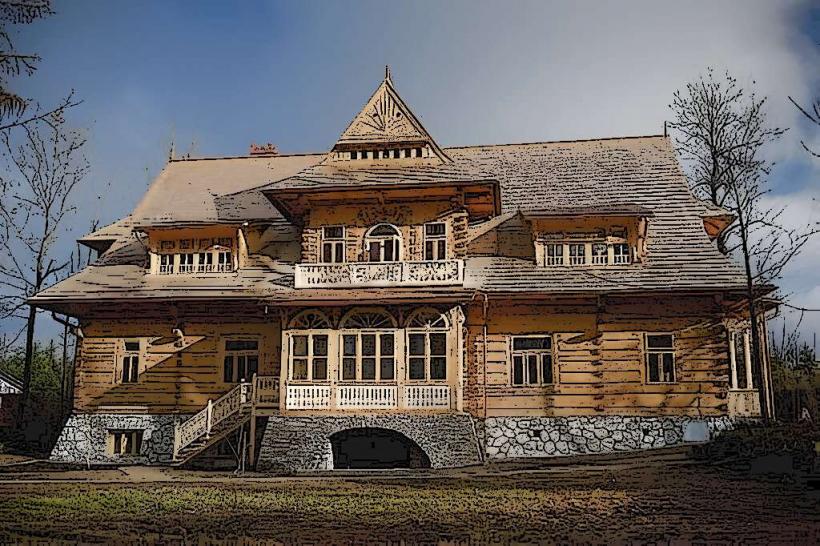Information
Landmark: Tatra National ParkCity: Zakopane
Country: Poland
Continent: Europe
Tatra National Park (Tatrzański Park Narodowy)
Tatra National Park (Polish: Tatrzański Park Narodowy, abbreviated TPN) is one of Poland’s most significant and beautiful natural reserves, known for its stunning alpine landscapes, diverse ecosystems, and importance as a national heritage site. It is located in the Tatra Mountains, which are part of the Carpathian Mountain range and lie on the border between Poland and Slovakia. The park, which covers an area of about 211 square kilometers, is a popular destination for nature lovers, hikers, skiers, and environmentalists.
1. Geographical Location and Boundaries
Region: Tatra National Park is situated in the southernmost part of Poland, specifically in the Małopolska Voivodeship (province). It is part of the larger Tatra Mountains, which form the natural border between Poland and Slovakia.
Border with Slovakia: The park stretches along the Polish-Slovakian border, and while the majority of the park is located in Poland, there is also a Slovak counterpart, the Tatra National Park (TANAP). Both parks are part of a larger, transnational effort to preserve the Tatra region's natural beauty and ecological diversity.
Tatra Mountains: The Tatra Mountains themselves are the highest mountain range in Poland, with Rysy (2,499 meters) being the highest peak in Poland, located on the border with Slovakia.
2. Establishment and Protection
Foundation: The Tatra National Park was established in 1954 with the goal of conserving the natural beauty of the region and protecting its fragile ecosystems. It was one of the first national parks created in Poland and has since become a UNESCO Biosphere Reserve and a European Natura 2000 site.
UNESCO Biosphere Reserve: In 1992, the Tatras were recognized as a UNESCO Biosphere Reserve, highlighting their global environmental significance.
Legal Protections: TPN is protected under Polish law, with strict regulations governing tourism, environmental conservation, and sustainable use. The park is managed by the Tatra National Park Administration (TPN), which oversees preservation efforts, including visitor management and wildlife protection.
3. Flora and Fauna
Biodiversity: Tatra National Park is renowned for its rich and diverse flora and fauna, particularly considering its relatively small size. The park's ecosystems include alpine meadows, forested areas, and rocky terrain, each hosting a unique set of species.
Flora: Over 1,000 species of plants have been recorded within the park, many of which are rare or endemic. Some of the notable species include:
- Mountain flowers such as edelweiss, gentians, and tulips.
- Alpine grasses and mosses.
- Forests of spruce, pine, and fir trees dominate lower elevations, while high-altitude vegetation thrives in the upper reaches.
Fauna: The Tatra National Park is home to a variety of animal species, including:
- Brown bears, wolves, and lynx, which are some of the largest predators in the region.
- Marmots and chamois, which are frequently seen in the higher-altitude meadows.
- Various species of eagles, falcons, and owls make their homes in the cliffs and rocky outcrops.
- Rare butterflies and insects that are vital to the region's ecosystem.
4. Hiking and Outdoor Activities
Trails and Routes: Tatra National Park offers an extensive network of hiking trails of varying difficulty levels. The trails take visitors through breathtaking landscapes, including deep valleys, crystal-clear lakes, and rugged mountain ridges. Popular hiking destinations include:
- Morskie Oko: A stunning mountain lake that is one of the park's most visited spots.
- Giewont: A popular peak that is an iconic symbol of the Tatra Mountains.
- Rysy: The highest point in Poland, accessible by a demanding hiking route.
Skiing and Snowboarding: In the winter, the Tatra Mountains become a hub for skiing and snowboarding. The nearby towns of Zakopane and Bukowina Tatrzańska offer well-developed ski resorts with slopes for both beginners and experienced skiers.
Climbing: The Tatra Mountains are also known for their mountain climbing opportunities. Rock climbers and alpinists tackle the region’s challenging peaks, with Rysy, Kasprowy Wierch, and Kozi Wierch among the more popular climbing destinations.
Winter Sports: In addition to skiing, snowshoeing, ice climbing, and cross-country skiing are common activities in the winter months.
5. Attractions and Landmarks
Morskie Oko: One of the most iconic and popular spots in the park, Morskie Oko is a stunning lake surrounded by high mountain peaks. It is easily accessible by a well-maintained trail and offers breathtaking views.
Kasprowy Wierch: This peak is a key tourist destination for both skiers in winter and hikers in summer. The Kasprowy Wierch Cable Car provides an easy way to reach the summit, offering panoramic views of the surrounding Tatra Mountains.
Giewont: Known for its distinctive shape resembling a sleeping knight, Giewont is one of the most recognizable peaks in the Tatra range and offers stunning views from its summit.
Czarny Staw: A picturesque black lake located near the foot of Rysy, popular among hikers and photographers for its scenic beauty.
Dolina Pięciu Stawów (Valley of Five Lakes): A stunning mountain valley, known for its crystal-clear lakes surrounded by dramatic mountain landscapes.
Kościelec: Another popular peak, Kościelec offers a challenging hike, rewarded by magnificent panoramic views.
6. Conservation and Environmental Efforts
Protection of Biodiversity: Tatra National Park is one of the most strictly protected areas in Poland. Human activities are carefully regulated to preserve the park's delicate ecosystems. Many of the park's trails are limited to prevent erosion and preserve the natural landscape.
Visitor Education: TPN is also focused on educating visitors about the importance of environmental conservation. The park hosts a variety of educational programs and exhibitions designed to raise awareness about sustainable tourism and the preservation of natural habitats.
7. Accessibility and Visitor Information
Zakopane: The town of Zakopane, located at the foot of the Tatra Mountains, serves as the main gateway to the park. It offers a wide range of accommodations, restaurants, and tourist services. Zakopane is easily reachable by train, bus, or car from Kraków (approximately 2 hours away).
Park Entry: Visitors can enter the park at various points through designated access points. Some areas require entry permits, and visitors are encouraged to follow the park’s regulations to minimize environmental impact.
Guided Tours: For those unfamiliar with the terrain, guided hiking tours are available, providing insight into the park’s natural history and cultural significance.
8. Conclusion
Tatra National Park is a natural gem in Poland, offering not only outstanding beauty and biodiversity but also a rich history of conservation and cultural significance. Whether you are hiking through its scenic valleys, skiing down its slopes, or simply enjoying its serene lakes and rugged peaks, the Tatra Mountains provide an unforgettable experience for nature enthusiasts and adventurers alike. As Poland’s most visited national park, it is both a treasure for the country and an internationally recognized site for natural heritage.

